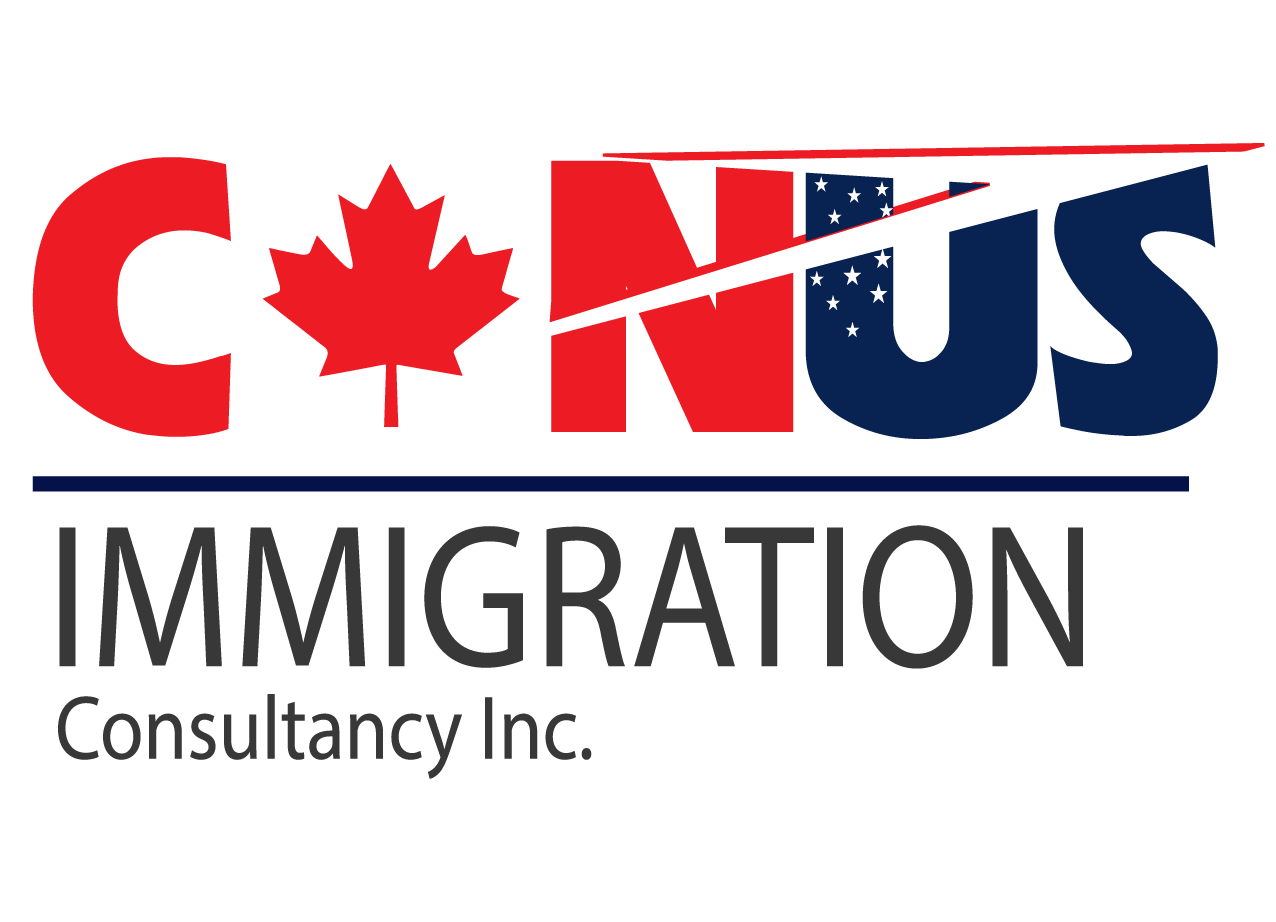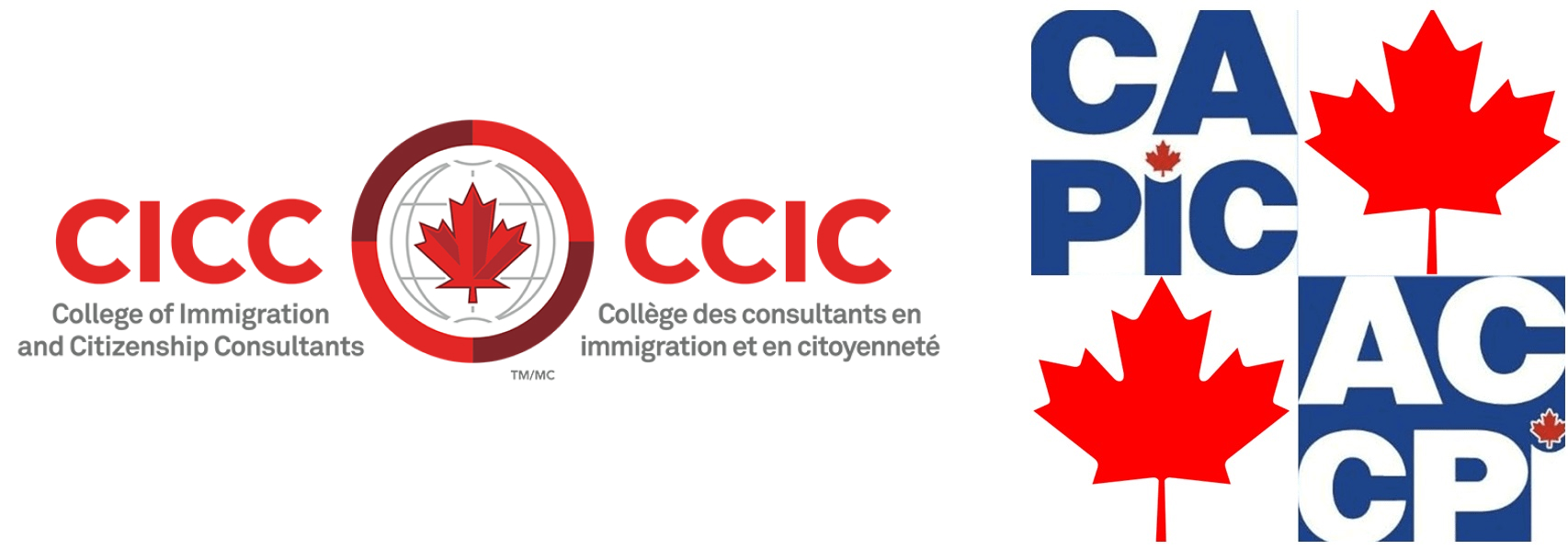New IRCC data shows Canada had another strong month for new permanent resident landings.
Source: CIC NEWS
New data from Immigration, Refugees and Citizenship Canada that shows Canada landed some 37,780 new permanent residents in August. This marks the third month in a row that Canada’s immigration levels were higher than usual.
Canada landed nearly 40,000 new permanent residents in July, and nearly 36,000 in June. Prior to the pandemic, Canada welcomed between 25,000 and 35,000 new immigrants in a given month. Immigration levels fell significantly beginning in April 2020 following the implementation of COVID-19 public health measures in Canada.
Up until June of this year, Canada’s new permanent resident landings were short of the pace needed to achieve the country’s immigration target for 2021. Under the Immigration Levels Plan 2021-2023, Canada aims to welcome at least 401,000 new immigrants annually beginning this year.
Between January and August, Canada has landed about 222,000 immigrants. This means it will need to welcome some179,000 new immigrants, or an average of 45,000 per month for the rest of 2021 to achieve its levels goal for this year. The goal remains lofty, but it is achievable for the following reasons.
In the first half of the year, Immigration, Refugees and Citizenship Canada (IRCC) took significant steps to support Canada’s ability to achieve the goal. This included holding by far the largest Express Entry draw in history on February 13, 2021 when it invited 27,332 candidates to apply for permanent residence. IRCC estimates some 90 per cent of these candidates are living in Canada amid the pandemic. Express Entry is the main way Canada welcomes skilled worker immigrants. This draw was nearly six times larger than the previous Express Entry invitation record.
Express Entry draws remained large throughout the first half of the year, with IRCC focusing on Canadian Experience Class (CEC) program candidates, given they are mostly in Canada right now and hence, are less likely to see their immigration process interrupted due to the pandemic.
In addition, in May, IRCC launched six temporary immigration streams that will allow some 90,000 candidates currently living in Canada to transition to permanent residence.
An internal IRCC memo obtained by CIC News via an access to information request to the Canadian government reveals such significant steps by IRCC are unsurprisingly part of a coordinated effort to land 401,000 immigrants this year.
The Canadian government argues that high levels of immigration are key to supporting the country’s post-pandemic economic recovery.
There are other key reasons to believe Canada will at least come close to achieving its levels goal for 2021.
In addition to the aforementioned steps being taken by IRCC, the lifting of travel restrictions in recent months will enable more new immigrants from overseas to move to Canada. In June, Canada lifted its travel restrictions on all approved permanent residents who have the necessary documentation in hand. In late September, Canada lifted its flight ban on India, by far its leading source country of new immigrants.
Even if Canada does fall short of the goal, it has flexibility within its Immigration Levels Plan to increase its newcomer intake in 2022 and 2023 to compensate. The levels plan features a range that allows IRCC to adjust its targets lower or higher based on policy and operational considerations.

